
IdenDEFI
IDPrice Chart
Simplifying trading for all levels Unless you are scanning contracts 24/7, have mastered etherscan, or are lucky enough to be an “insidoor,” the chances you buy into honeypots or rugs are fairly high. Sadly, there are bad people in the world, with no integrity or respect for others. That being said, the potential to invest in tokens and projects that provide significant, life-altering returns still remains. But how can you quickly and easily identify good coins? By merging our experience as investors in ERC-20 tokens, along with our background in software and data analytics, our team has developed a suite of tools to simplify and enhance your trading techniques, so that you identify the safe “mooners” early and avoid the “skems.” IdenDEFI is a multi-purpose protocol offering users a fresh and clean solution for token launch research. Our tool extracts various forms of data- deployer transaction details, honeypot warnings, key deployer timestamps, etc., in order to identify launches with red flags. How it works → As Michael Scott famously coined, “keep it simple, stupid.” The art of simplifying any product can be a challenge in and of itself. Our mission is to reduce the number of open tabs on your browser, save time jumping through every telegram channel, and cut down your key strokes before executing each trade. Our user interface allows you to paste a specific token contract into our website to return , or command “/ID [insert token address] using our Telegram bot, in order to access key data points to influence a buy or not buy decision. IdenDEFI Key Features → Identifying key attributes in each token launch and tokens using similar smart contract. These features include: -Number of tokens launched with similar contract -Number of rugs (liquidity removals less than 7 days) for similar tokens/contracts -Rug rate % -Average Market Cap for similar tokens/contracts -Number of transactions for similar tokens/contracts -Honeypot warning — returns risk of honeypot

















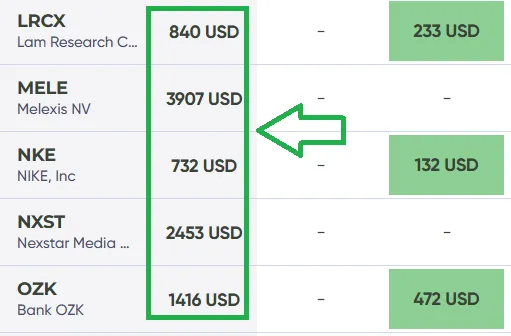








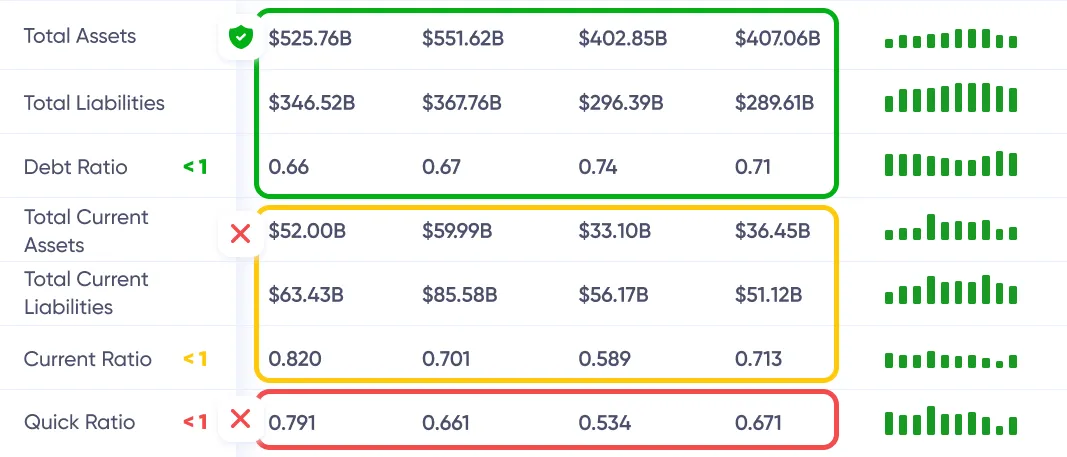
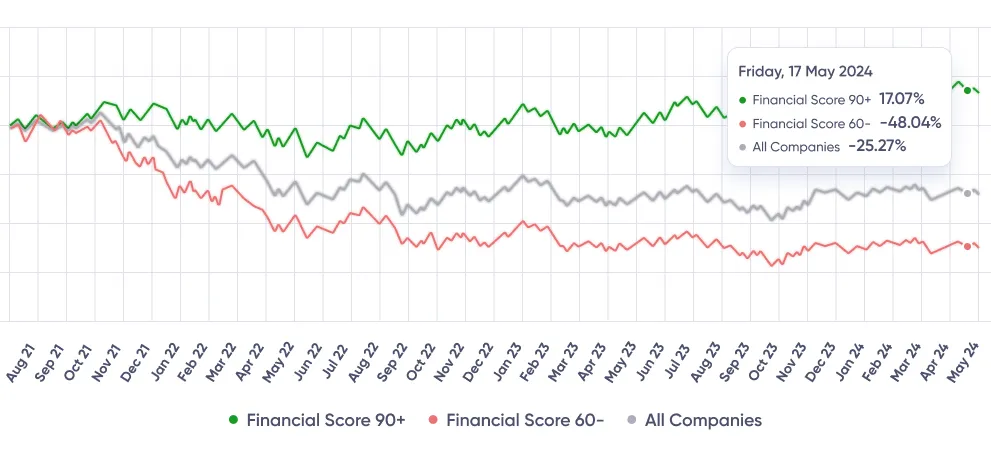

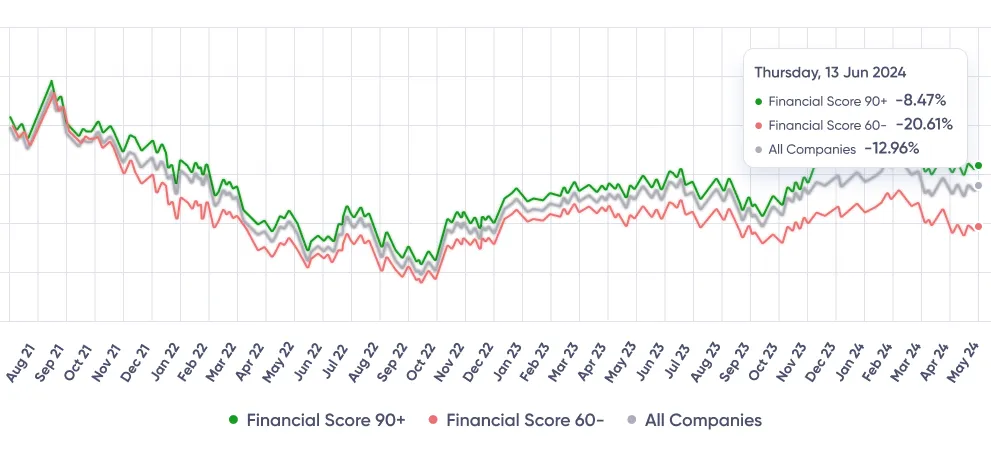

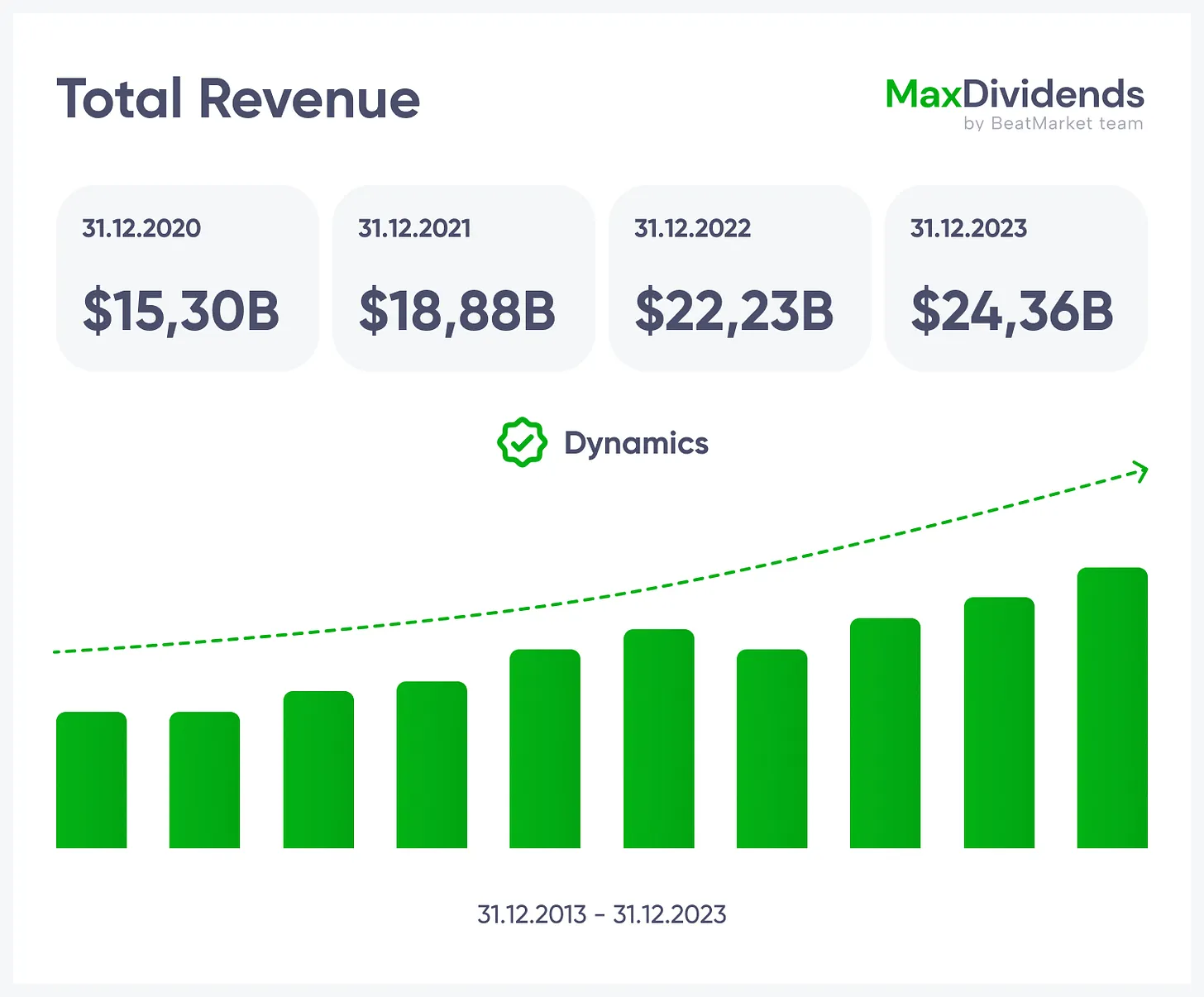



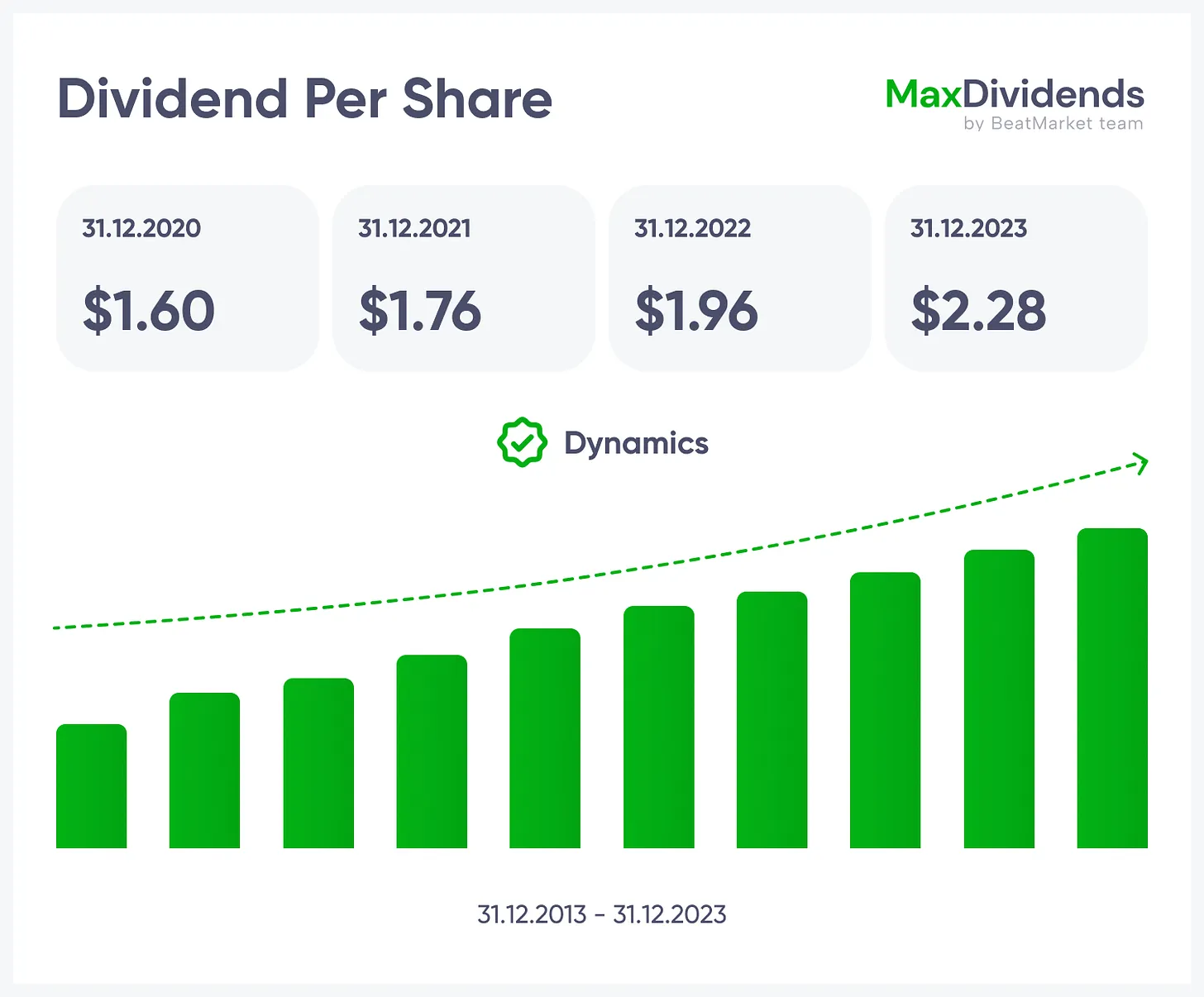

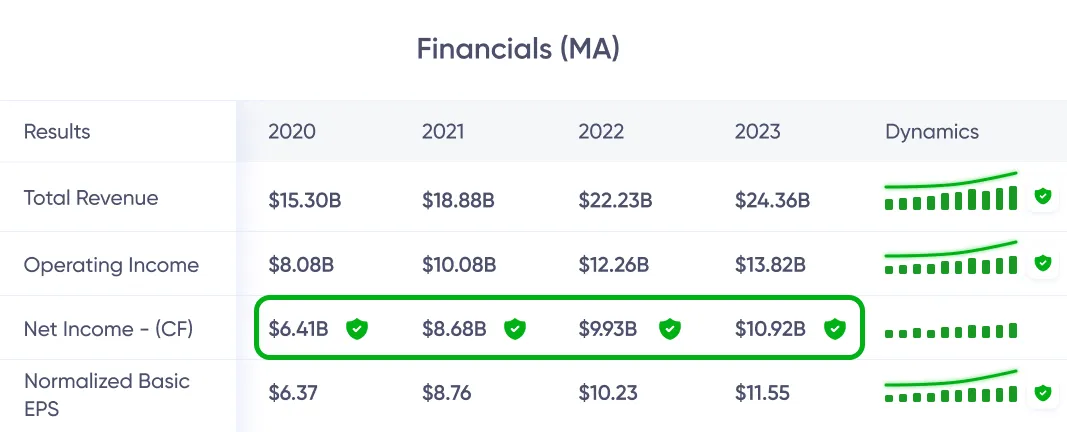




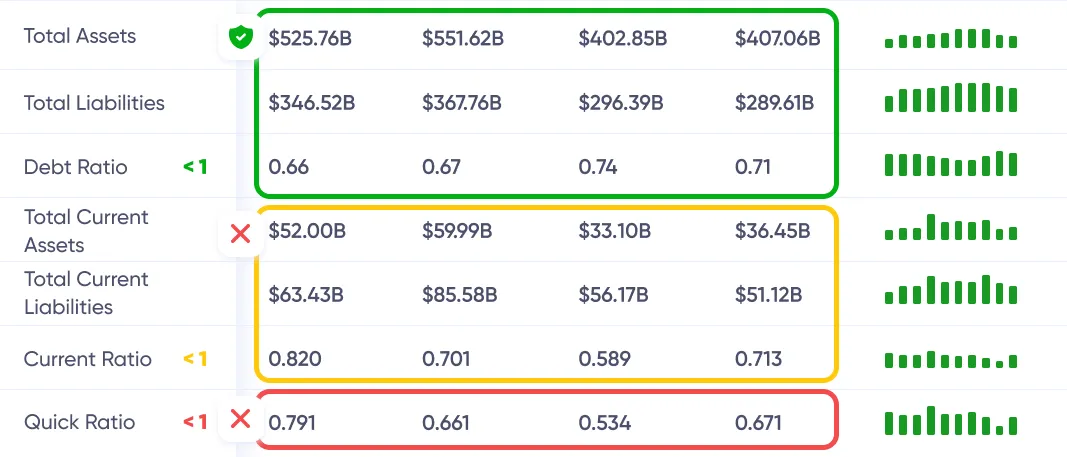

 See the whole business at a glance — what it does, how it earns, and the value it brings.
See the whole business at a glance — what it does, how it earns, and the value it brings.

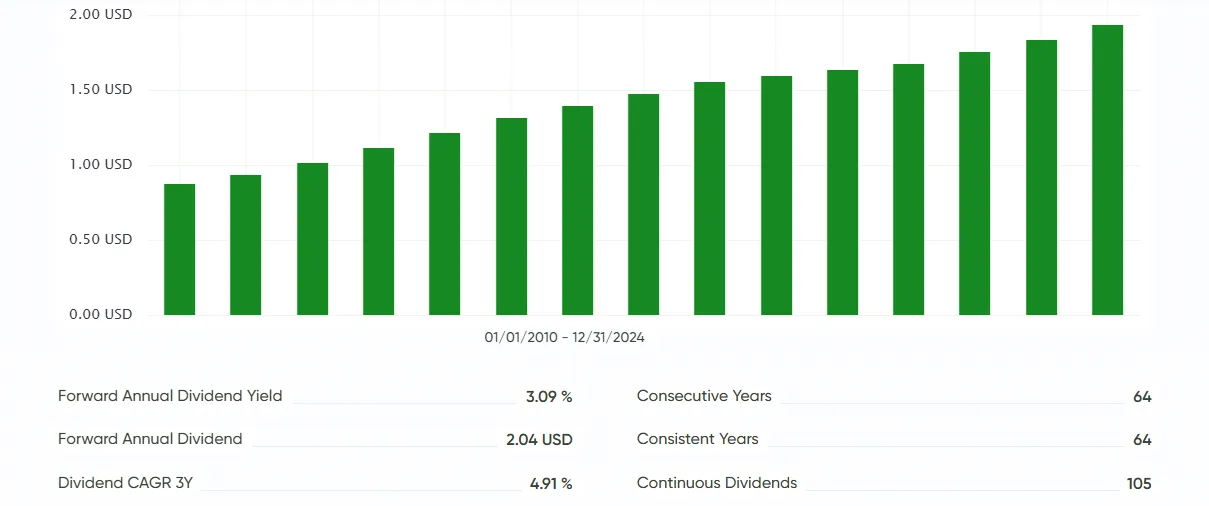

 Growth trend, clear in one glance.
Growth trend, clear in one glance.
 See if profits are real — instantly.
See if profits are real — instantly.
 Bottom line made simple with MaxDividends.
Bottom line made simple with MaxDividends.
 Debt risk checked for you, 24/7.
Debt risk checked for you, 24/7.
 Dividend streaks and raises at your fingertips.
Dividend streaks and raises at your fingertips.
 Stack the company against rivals. If it earns more per share, it's undervalued. If less, overpriced.
Stack the company against rivals. If it earns more per share, it's undervalued. If less, overpriced.
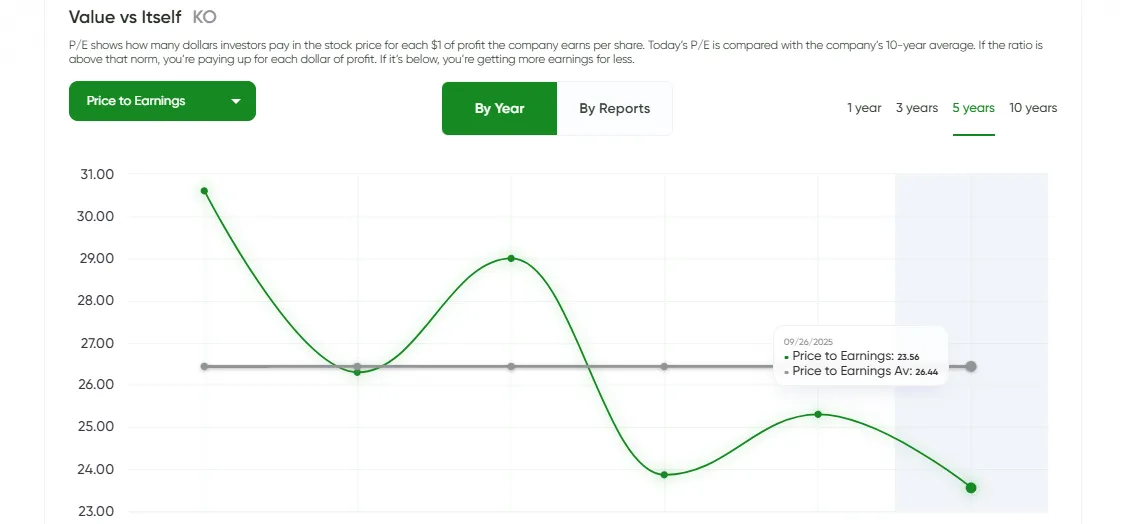 Compare today's P/E with its own 10-year history. Above average = expensive. Below = bargain.
Compare today's P/E with its own 10-year history. Above average = expensive. Below = bargain.
 See if the stock trades below its assets. That's buying the business with built-in margin of safety.
See if the stock trades below its assets. That's buying the business with built-in margin of safety.





 MaxDividends App: Passive Income Calculator
MaxDividends App: Passive Income Calculator
 Plug in those values, hit calculate, and boom—you've got your roadmap.
Plug in those values, hit calculate, and boom—you've got your roadmap.
 MaxDividends App: Passive Income Calculator
MaxDividends App: Passive Income Calculator
 MaxDividends App: Passive Income Calculator
MaxDividends App: Passive Income Calculator
 MaxDividends App: Passive Income Calculator, Income Forecast
MaxDividends App: Passive Income Calculator, Income Forecast



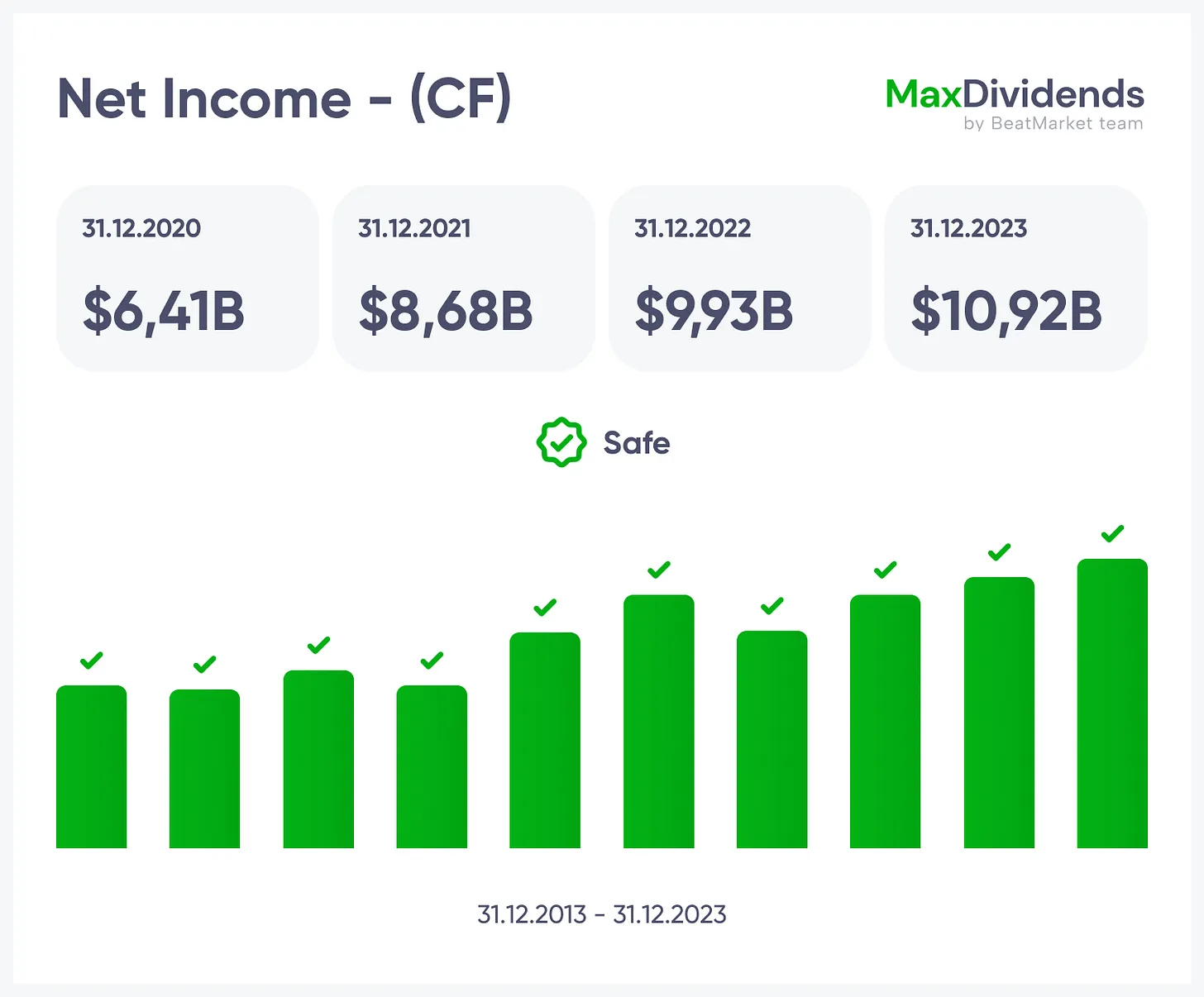














 BeatStart
BeatStart